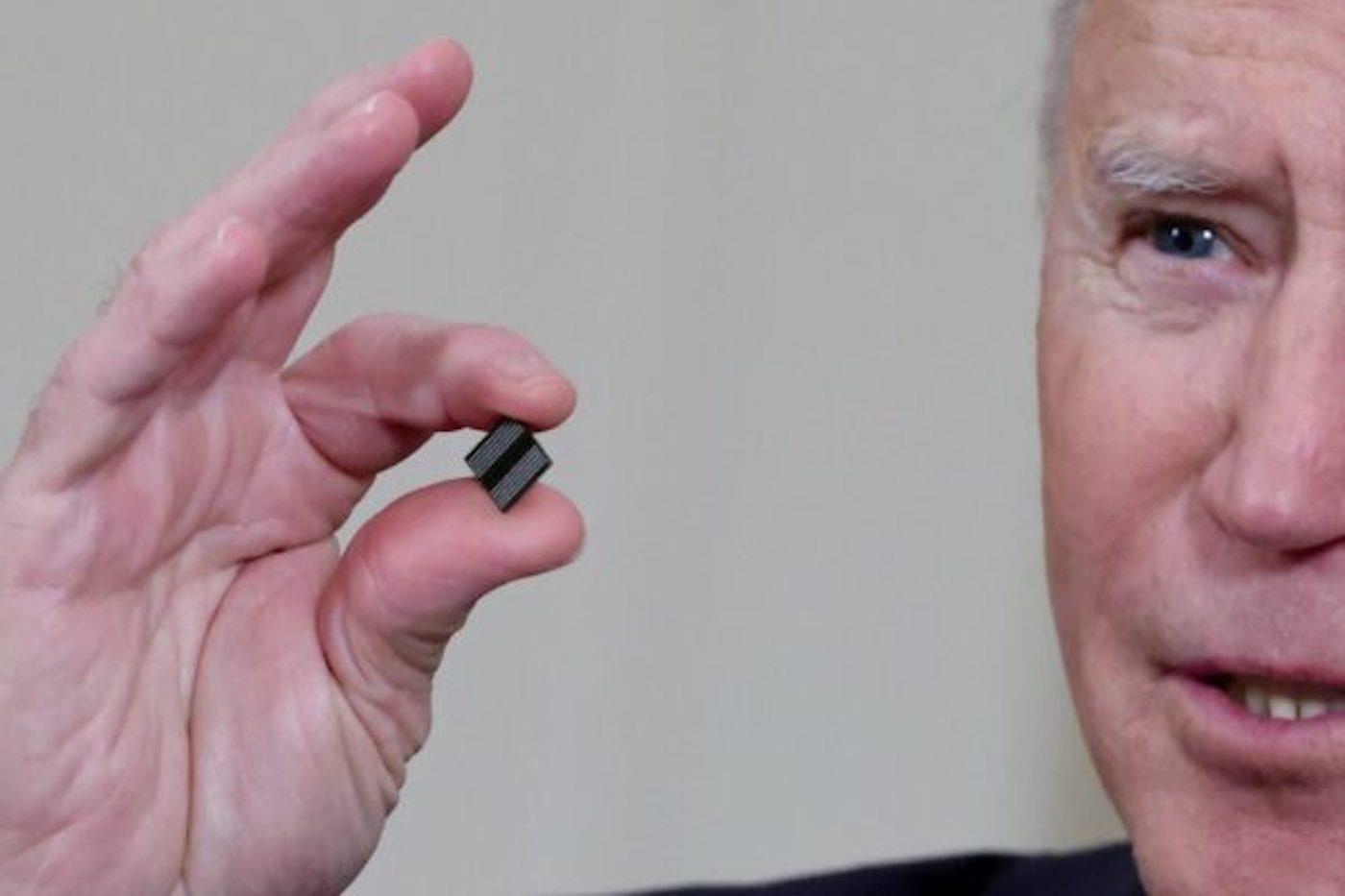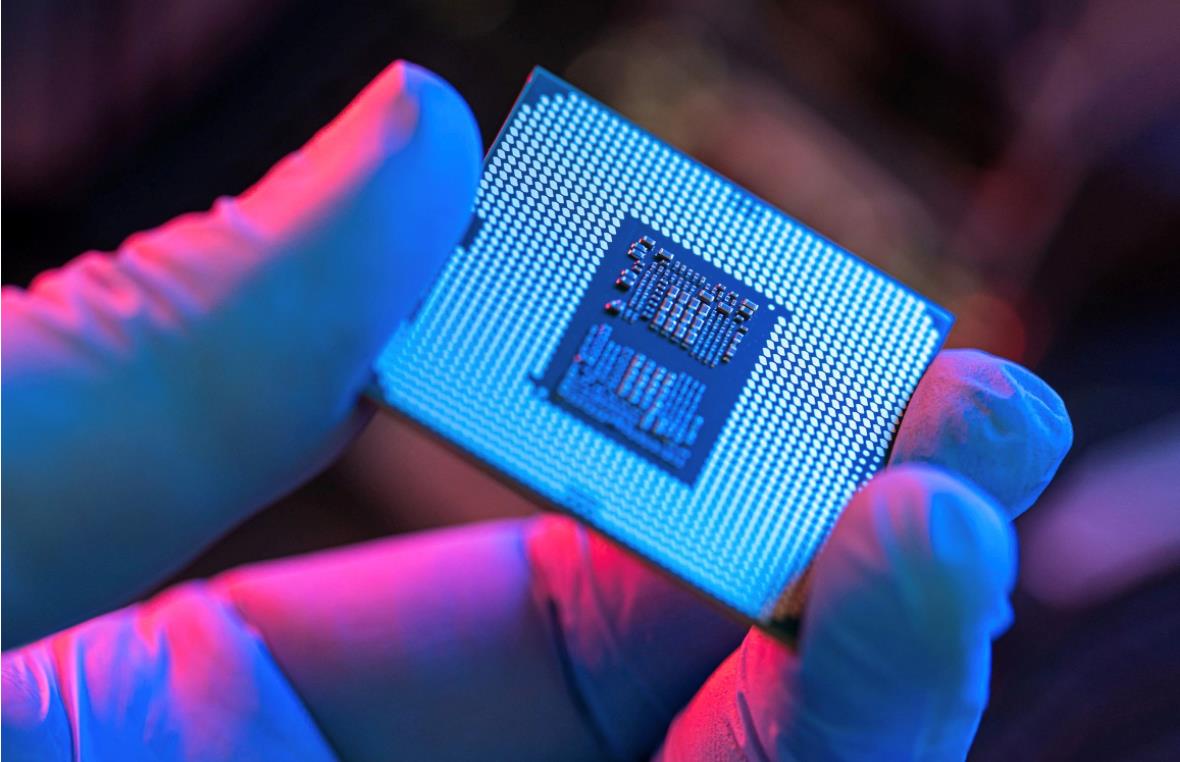(MENAFN- Asia Times) US and Chinese policymakers are inflicting incisive blows on each other. The Biden administration is less bombastic in speech than its predecessor while being louder in its policy actions.
Yet restrictions that aim to slow China's rise to the technological frontier of Semiconductor technology may unintentionally help it marshal investment and effective business strategies.
Former US president Donald trump ramped up the trade war with China. Trump's policy was quickly labeled a failed attempt to get ahead in the race for Technology supremacy - especially in semiconductors - since it was divorced from economic reality.
Yet the Covid-19 pandemic triggered a shortage of semiconductors, which escalated the chip war and technological decoupling . This divergence - and the tension accompanying it - has only grown.
The US-China chip war did not begin with Trump. Chinese President Xi Jinping delivered a speech in 2015 where he pointed out that the global governance system was reaching a turning point in history.
His speech signaled Beijing's intention to engage more with international affairs through projects like the Belt and Road Initiative. In 2021, Xi stepped up his rhetoric, remarking on several occasions that“the east is rising while the west is declining.”
Washington's intervention in the global semiconductor market has become more antagonistic under the Biden administration. According to a white house report in June 2021, US chipmakers are highly dependent on sales to China for continued profit growth and domestic research and development (R&D) investment.
Despite this interdependence, Biden's policy change on October 7, 2022, strictly curtailed cross-national semiconductor industry talent flows to China.

US President Joe Biden wants more advanced semiconductors produced in America. Is he going about it the right way? Image: Twitter
Both US and Chinese reports raise concerns about the other's relative abilities in key technologies and make the case for greater state support to help boost national standing.
For example, in a September 2022 report, the congressionally-mandated National Security Commission on Artificial Intelligence (NSCAI) warns that in microelectronics,“98% of the chips the Pentagon needs are now built, assembled, or packaged in the PRC's shadow.”
Equal but opposite sounds were made by the Institute of International and Strategic Studies (IISS) in a report that warns US-China decoupling may harm both economies, with China paying a higher price than the United States.
It went on to say the decoupling could bottleneck China's efforts to develop chip manufacturing, artificial intelligence and Information and Communication Technology (ICT).
For the United States, this interplay between national security and techno-nationalism has led to Washington blocking China from purchasing high-end chips used in advanced ai calculations and supercomputing .
The US restrictions aim to hinder Beijing from achieving its goal of meeting 70% of its semiconductor demand with domestic production by 2030. These restrictions could indeed undermine China's ambition to transform the country into a technological powerhouse.
Yet Biden's restrictions may not cripple China's silicon R&D ambitions. Instead, these restrictions will likely accelerate the rise of techno-nationalism in china and its self-sufficiency drive in the semiconductor industry. China's chip self-reliance is boosted by the national integrated circuit industry investment fund and the 14th five-year plan released in 2021.
While US policy strives to slow China's technological rise, the semiconductor shortage has caused automotive and consumer electronics manufacturers to lament the unavailability of generic products above 10 nanometers (nm) . Chips with mature processes - including 28nm, 40nm and others that China produces - have higher market demand than more advanced ones (the larger the nanometer number, the lower the technical threshold).
In response, Chinese foundries are expanding mature process technologies of 28nm and above.

The US is bidding to build a chip ban alliance against China. Image: Twitter
some speculate as to whether China will retaliate. Whether Joe Biden, Ron DeSantis, or even Donald Trump is in the White House after 2024, US policy that focuses on undermining China's advance to the frontier of semiconductor technology faces two challenges.
First, Washington is motivating massive strategic investment and mobilization of resources within China. In the end, this could accelerate, rather than slow, any move toward the technology frontier. China has been heading towards civil-military integration and developing dual-use technologies.
The US restrictions may motivate China to set higher security levels for its military chip technology R&D, thereby boosting the military-industrial complex.
Second, restrictions are instigating Chinese founders to invest in meeting the global market where it is now, at 28nm and above. With a worldwide chip glut and the Biden administration's sanctions, Chinese industrialists see an opportunity for domestic firms to return to more steady-state market valuations.
Robyn Klingler-Vidra is Reader in Entrepreneurship and Sustainability at King's Business School. She is the author of The Venture Capital State: The Silicon Valley Model in East Asia (Cornell University Press, 2018) and Inclusive Innovation (Routledge, with Alex Glennie and Courtney Savie Lawrence).
Yu-Ching Kuo is an independent researcher based in Kaohsiung. She is the co-author of 'Brexit, Supply Chains and the Contest for Supremacy: The Case of Taiwan and the Semiconductor Industry' in A New Beginning or More of the Same? The European Union and East Asia After Brexit (Palgrave Macmillan, 2021, with Robyn Klingler-Vidra).
This article , republished with permission, was first published by east asia forum , which is based out of the crawford school of public policy within the college of asia and the pacific at the australian national university .